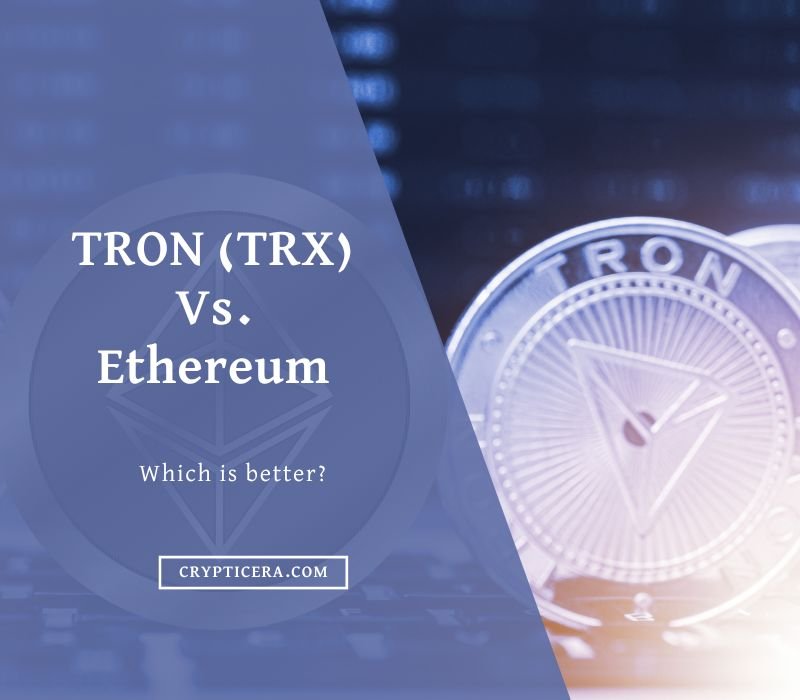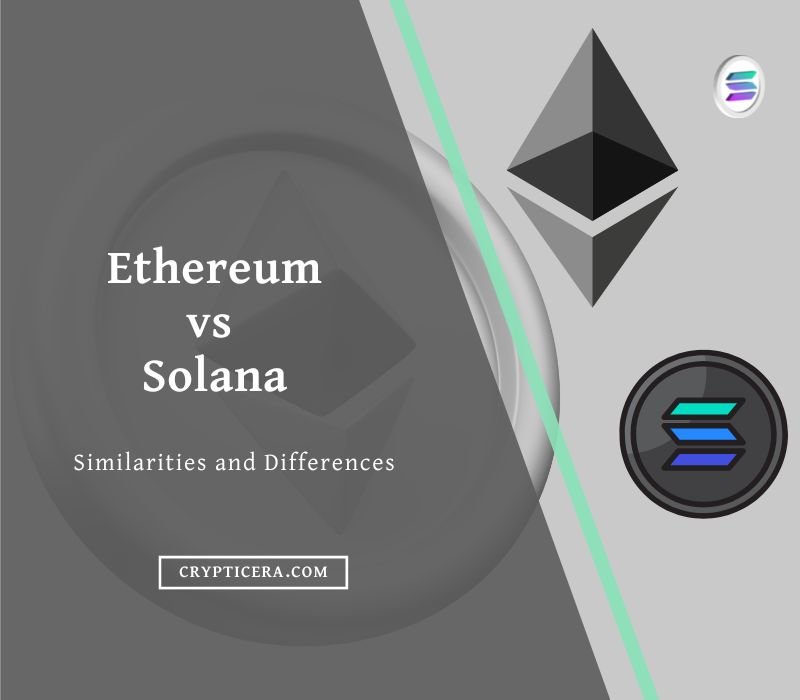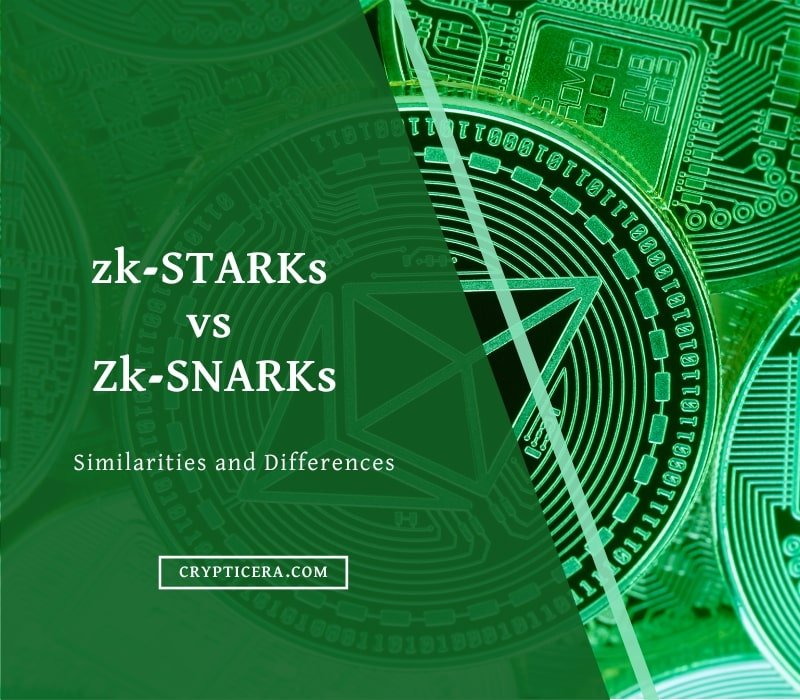The cryptocurrency world is constantly evolving and new projects are emerging every day. Two of the most talked about projects in the space right now are Polkadot (DOT) and Chainlink (LINK).
Both are promising players in the decentralized space and have gained a lot of traction in the investment community.
In this post, we will compare Polkadot vs Chainlink, exploring their differences and similarities in terms of their underlying technology, security, and investment potential.
We’ll delve into the unique features of both projects and help you determine which one is a better fit for you.
Comparing Polkadot and Chainlink
Chainlink and Polkadot are two leading decentralized platforms in the blockchain ecosystem.
Chainlink is a decentralized oracle network. It provides reliable and tamper-proof data to smart contracts on the Ethereum blockchain. This allows smart contracts to access off-chain data, web APIs, and traditional bank payments securely.
Chainlink solves the problem of data availability and integrity through its network of independent node operators. These operators fetch and verify data before returning it to smart contracts.
Polkadot, on the other hand, is a heterogeneous multi-chain network. It enables interoperability between different blockchain networks. This allows for the transfer of data, assets, and even entire blockchains without the need for a centralized intermediary.
Polkadot provides shared security for all connected chains. It also enables the creation of custom blockchains that can interact with other chains in the network.
Polkadot and ChainLink Working
Polkadot is a decentralized network that allows for the connection of independent blockchains (parachains) via relay chains. The main goal is to create a more scalable and flexible network by allowing for resource sharing and inter-chain communication. It uses the Nominated Proof-of-Stake (NPoS) consensus mechanism.
Parachains are connected to the relay chain (the backbone of the network) and have dedicated resources, while parathreads are lighter and more flexible and share resources with other parathreads.
Chainlink is a decentralized network hosted on the Ethereum blockchain, relying on independent oracle nodes to retrieve and verify external data. The network is secure and reliable due to its diverse network of operators.
Chainlink supports various data sources and has a flexible design, with node operators earning LINK tokens as a reward. The value of LINK is determined by the demand for Chainlink’s services and trades on cryptocurrency exchanges.
Must Read: Polkadot vs Solana – Which is better?
Polkadot vs Chainlink: Key Differences
| Polkadot | Chainlink | |
|---|---|---|
| Launched date | May 2020 | June 2017 |
| Founders | Dr. Gavin Wood | Sergey Nazarov |
| Market Cap | $7.8 Billion | $3.6 billion |
| Consensus mechanism | Proof-of-stake | Decentralized oracle |
| Token economics | Governance, staking | Pay oracles, network maintenance |
| Use cases | DeFi, prediction markets, cross-chain token swaps | Supply chain management, prediction markets, insurance |
| Scalability | 1000 TPS | Depends on the number of oracles |
| Decentralization | Yes | Partially Yes |
| Security | High | High |
| Adoption | A growing ecosystem of projects: Acala, chainX, Polkabridge | Partnerships with Google, SWIFT |
Purpose
Polkadot aims to enable interoperability between different blockchain networks. It helps by allowing them to communicate and exchange information with each other, creating a decentralized internet for blockchain-based applications and services.
Chainlink, on the other hand, is a decentralized oracle network that enables smart contracts to access external data through oracles. This allows smart contracts to access real-world information and trigger actions based on the data they receive.
Consensus mechanism
Polkadot uses a proof-of-stake (PoS) consensus mechanism, where validators are chosen to propose and validate blocks based on the size of their stake in the network.
Chainlink uses a decentralized oracle model, where external data providers (referred to as “oracles”) are incentivized to provide accurate data to smart contracts.
Token economics
The native token of Polkadot, DOT, is used for governance and stake in the network. The circulating Supply is 1,153,872,045 DOT with a Market cap of $7.8 billion.
The native token of Chainlink, LINK, is used to pay oracles for their services and to incentivize the maintenance and improvement of the network. LINK Circulating Supply is 500 million (50% of Total Supply) with a market cap of $3.6 billion.
Use cases
Polkadot is a blockchain platform that is designed to support a wide range of use cases, including decentralized finance (DeFi), prediction markets, and cross-chain token swaps.
Some specific examples of use cases for Polkadot include:
- Decentralized finance (DeFi): Polkadot’s interoperability capabilities make it well-suited for the development of DeFi applications, allowing for the creation of decentralized exchanges (DEXs), lending and borrowing platforms, and other DeFi applications that can operate across different blockchain networks.
- Prediction markets: Polkadot’s fast transaction speeds and low transaction fees make it well-suited for the creation of prediction markets, where users can buy and sell contracts based on the outcome of future events.
- Cross-chain token swaps: Polkadot’s interoperability capabilities allow for the creation of cross-chain token swaps, enabling users to exchange tokens on different blockchain networks without the need for a centralized exchange.
Read More: Top Polkadot Ecosystem Coins
Chainlink, on the other hand, is a decentralized oracle network that enables smart contracts to securely access external data.
Some specific examples of use cases for Chainlink include:
- Supply chain management: Chainlink can be used to provide real-time data to smart contracts that are tracking the movement of goods through the supply chain, allowing for more efficient and transparent supply chain management.
- Prediction markets: Chainlink can be used to provide external data feeds to predict market smart contracts, allowing them to operate more accurately and transparently.
- Insurance: Chainlink can be used to provide external data to insurance smart contracts, allowing them to trigger payouts based on real-world events.
Scalability
Polkadot uses a shared security model, where multiple blockchain shards (called “parachains”) can be attached to the central relay chain, allowing for potentially high levels of scalability. Polkadot’s Current Transaction Speed is 1000 TPS.

Chainlink is designed to scale with the number of oracles in the network, and the performance of the network will depend on the efficiency of the individual oracles.
Decentralization
Polkadot and Chainlink design decentralized networks, inviting multiple validators or oracles to participate. However, the level of decentralization may vary based on implementation.
Polkadot achieves decentralization through a proof-of-stake consensus mechanism.
The validators are selected randomly, taking into account their stake and reputation to guarantee decentralization and prevent control by one entity.
Chainlink achieves decentralization through a decentralized oracle model, where external data providers known as “oracles” participate and provide data to smart contracts.
The oracles receive incentives for accurate data and maintaining the network’s integrity through a reputation system and economic incentives.
Security
Both Polkadot and Chainlink prioritize security and have implemented measures to protect against attacks. Polkadot uses a proof-of-stake consensus mechanism and has a built-in governance system to help prevent malicious actors.
Chainlink uses a decentralized oracle model and employs a reputation system to ensure that oracles provide accurate data.
Ecosystem
Polkadot has a growing ecosystem of projects that are built on top of its platform. Some examples of projects in the Polkadot ecosystem include:
- Acala: A decentralized finance (DeFi) platform built on Polkadot that aims to provide a secure and interoperable infrastructure for DeFi applications.
- ChainX: A cross-chain infrastructure that enables the exchange of assets between different blockchain networks, including Bitcoin and Ethereum.
- Ocean Protocol: A decentralized data exchange platform that enables the secure and private sharing of data for artificial intelligence (AI) and machine learning (ML) applications.
- Substrate: An open-source framework for building custom blockchain applications and smart contracts on top of Polkadot.
Chainlink, on the other hand, has a number of partnerships with organizations and projects across different sectors.
Some examples of projects that are using or integrating with Chainlink include:
- Google: Google Cloud has announced a partnership with Chainlink to bring secure and reliable data to smart contracts on its Cloud platform.
- SWIFT: The financial messaging network is using Chainlink to provide external data to smart contracts as part of its pilot program for securities lending.
- Gnosis: The prediction market platform is using Chainlink to provide secure and reliable data feeds to its prediction markets.
- ChainGuardian: A decentralized insurance platform that is using Chainlink to securely access external data to trigger insurance payouts.
Upgradeability
Both Polkadot and Chainlink have implemented mechanisms to allow for upgrades and improvements to their networks.
Polkadot has a built-in governance system that allows for the deployment of upgrades through a voting process, while Chainlink allows for the deployment of new oracle contracts and the upgrading of existing ones
Polkadot and Chainlink Integration Using Substrate
Chainlink has successfully integrated with a blockchain, based on Substrate, a significant achievement in its effort to bring its decentralized oracle network to the Substrate and Polkadot ecosystem.
This is the first time Chainlink has supported a blockchain outside of Ethereum. As the first Substrate-based oracle solution, Chainlink is positioned to become the primary oracle provider for all Substrate-based chains and eventually the entire Polkadot network.
Polkadot developers can utilize Chainlink’s decentralized oracle network to securely and reliably connect their smart contracts to all necessary inputs and outputs, avoiding the potential delays, expenses, and security issues associated with creating their own oracles.
DOT vs LINK: Price Prediction
Here is the Price Prediction of Polkadot and Chainlink based on Various Technical Indicators, Fundamentals, and Adoption Rates. (Not a Financial Advice, DYOR)
DOT
In 2024, we expect Polkadot to see impressive growth as crypto gains recognition across many business sectors. As a result, the price could reach as high as $17.68, averaging around $16.28. Polkadot could see a minimum price of $14.89.
This year will be one to remember for Polkadot, in 2030 we expect that DOT will reach a new ATH of $45.60, and the new minimum price of Polkadot could be $42.80. The worst-case scenario is that DOT ends 2030 at $44.20.
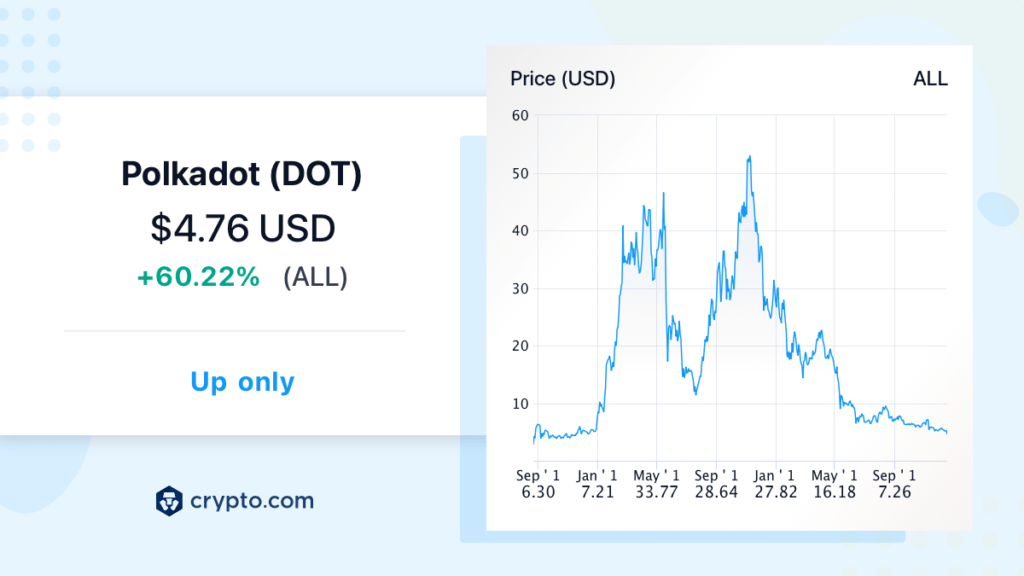
LINK
Chainlink price prediction for 2024 states that as the halving approaches, this cryptocurrency will achieve a price of $22.45 in 2024 while the average price of LINK will be $20.68. Meanwhile, the minimum expected price is $18.90.
The Chainlink price prediction for 2030 states that Chainlink will start another decade at a maximum price of $57.89, while the minimum price would be around $54.35. The average price for cryptocurrency is $56.12.
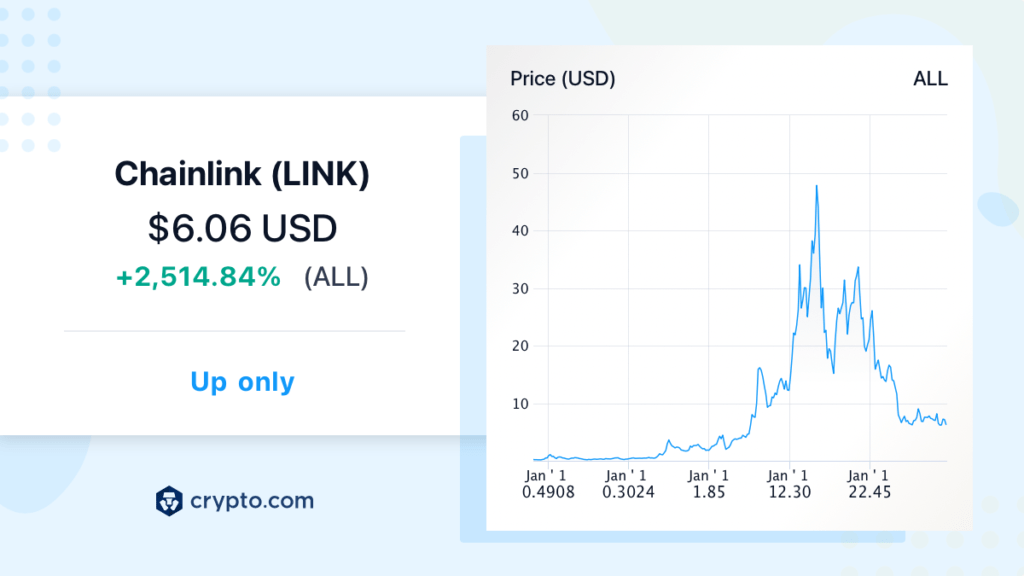
Conclusion
In conclusion, both Chainlink and Polkadot offer unique and powerful capabilities for the blockchain ecosystem. Chainlink’s decentralized oracle network allows smart contracts to securely access off-chain data and resources, making it a valuable tool for a wide range of use cases.
Meanwhile, Polkadot’s focus on interoperability and scalability positions it as a potential leader in the multi-chain era, with the ability to connect and coordinate with a variety of other blockchain networks.
Both platforms have proven track records and strong communities, and either one could be a solid foundation for your next blockchain venture.
By carefully considering the key differences and similarities between these two platforms, you can make an informed decision and choose the best option for your needs.
FAQs
Is Polkadot better than Chainlink?
Polkadot is a multi-chain network that aims to provide interoperability between different blockchain networks, while Chainlink is a decentralized oracle network that connects smart contracts to off-chain data and APIs.
Does Polkadot Use chainlink?
Yes, Polkadot has the capability to use Chainlink as an oracle for retrieving off-chain data.
